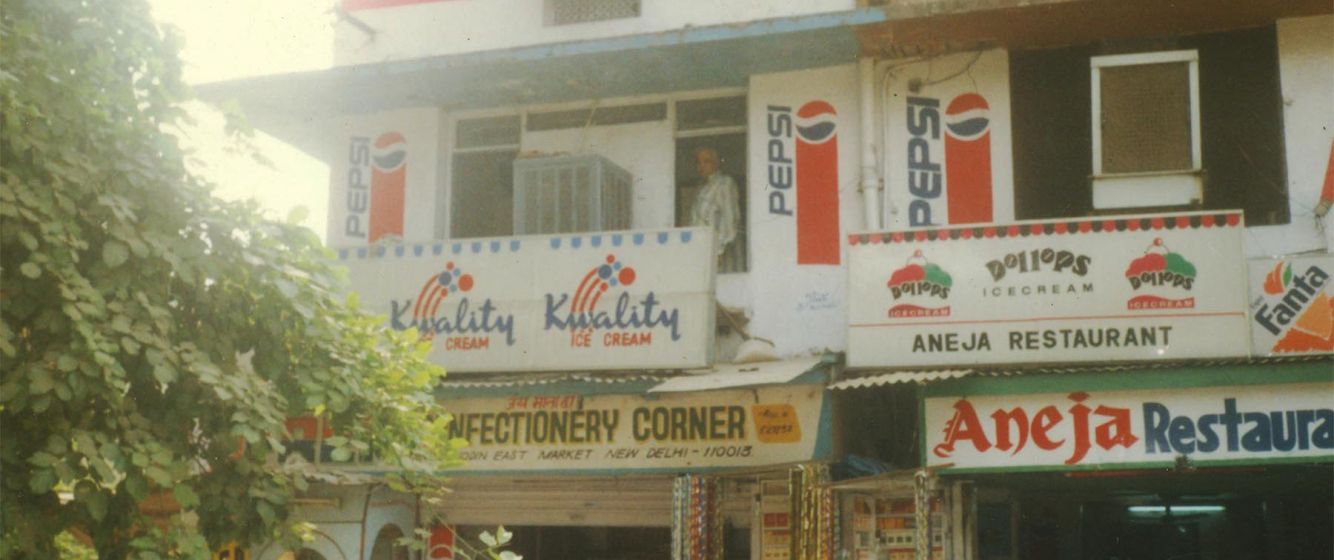
Aneja Restaurant in Nizamuddin market, 1990s, Photo Courtesy: Seema Taneja
When Neighbours become a community
It would be fallacious to define a neighbourhood solely on the basis of its physical boundaries. An essential feature of a neighbourhood is its people who built identities and community connections through everyday interactions, difference and diversity, and mutual inter-dependence.
By Mesha Murali
It would be fallacious to define a neighbourhood solely on the basis of its physical boundaries. An essential feature of a neighbourhood is its people who built identities and community connections through everyday interactions, difference and diversity, and mutual inter-dependence. Experiences such as these help people form and build community connection within the neighbourhood that sometimes go beyond ascribed identities. Some examples of such experiences are shared below.
Everyday interactions:
“We used to gather at Aneja Restaurant to listen to the news on radio at 8 p.m. But the most fun was when Mr Chaddha got a Black and White TV. He could fit 20-25 people in his house so he would issue us ‘passes’ – I have gone to watch several 26 January parades and Chitrahaars…” – Rajbir, Nizamuddin East Market (About 50 years old)
“All shops are set up in front of the houses. No ceremonies like weddings are held on Saturdays, and all cars are parked outside” – Headman (pradhan) on coordinating between residents and vendors for the weekly street market, Shadipur Shani Bazaar (In his 50s)
“When the electricity would go off, which was ever so often, people would come out of their houses onto the streets, or sit at such circles, and spend the night chatting.” – Radhika Bijlani, Nizamuddin East (About 45 years old)
Festive celebrations:
“Tableaux pass through, Guruji’s feast is arranged, the Valmiki Temple is decorated… people from nearby cities and villages, such as Chattarpur and Lado Sarai, come here with their tableaux… the tableaux travel from Shamsi Talab to our ward.” – Savita, Ward 2 Mehrauli
Coming together at the time of crisis:
“During the riots people started burning the Gurudwaras. The amount of smoke we saw (in Mehrauli) that day scared us. We hid some of our sardar neighbours in our house. They hid in our house for almost a week.” – Sudha Sharma, Ward 1, (in her late 50s)
“… A couple of Sikh families lived in our block. So when the riots happened in 1984, we used to take turns and sit outside our houses, at night, to keep watch…”– Arham Shamsi, Trilokpuri (in his 30s)
The narratives of residents quoted above are part of a larger collection of oral histories under the Neighbourhood Museum Project, at the Centre for Community Knowledge (CCK), Ambedkar University Delhi. The project attempts to question ascribed identities in the city by researching local histories, stories and places relevant to life within a community. The intention is to make the ‘margins’ visible by recording the unrecorded histories of everyday life. As an outcome of the project, temporary ‘pop-up’ museums and exhibitions are set up in the neighbourhoods of research with an intention to exhibit collected narratives from bottom-up to create a people-centred view of Delhi. The CCK has set-up several such neighbourhood museums in the past — Shadi-Khampur (2013), Kashmere Gate (2014), Hum Sab Nizamuddin (2015), Shadipur Shani Bazaar (2015) and Hum Sab Mehrauli (2017).
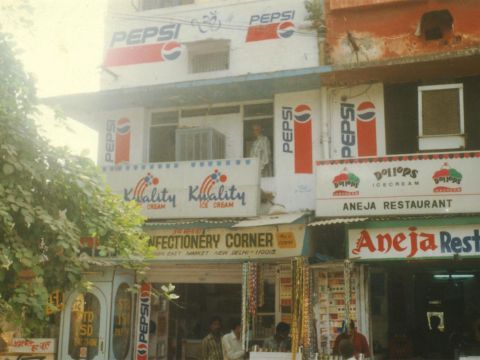
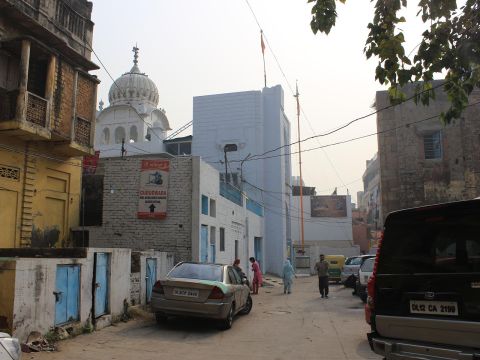
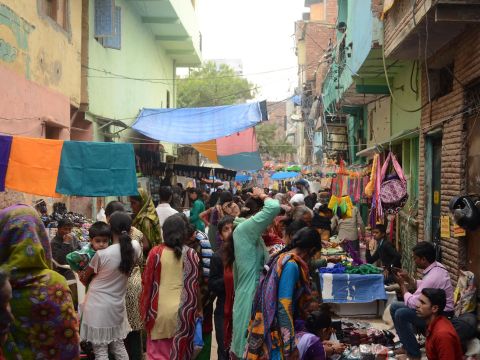
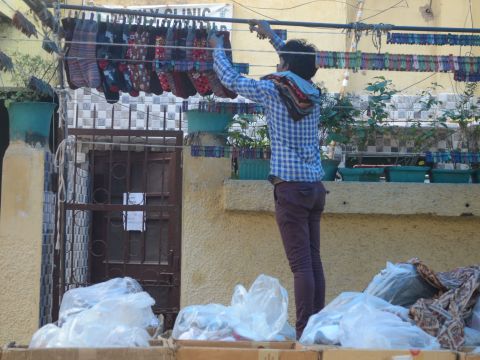
Comments
Neighbourhood document for ICAS
Thank you Mesha for this wonderful sharing. It provides us with a window into the hard work you are doing. It will be great to see the full document in Leiden during ICAS where you will have a chance to share it with other HaB colleagues working on Neighbourhood as method.
Response: Neighbourhood document for ICAS
Dear Aarti,
Thank you for your comment. We are working on the neighbourhood document as we speak and would be more than delighted to share it with our colleagues during ICAS.
1984
Mesha, it was nice to read your blog. The initial anecdotes are glimpses into times or community life which are not visible in the 21st century. We have inverters, internet etc. I remember talking to someone who was born in the 21st centruy about the games that we used to play in 1980s and early 1990s. They had no idea! For me personally, the voices of the people who protected the Sikhs are very powerful and completely resonates with the title of the blog.